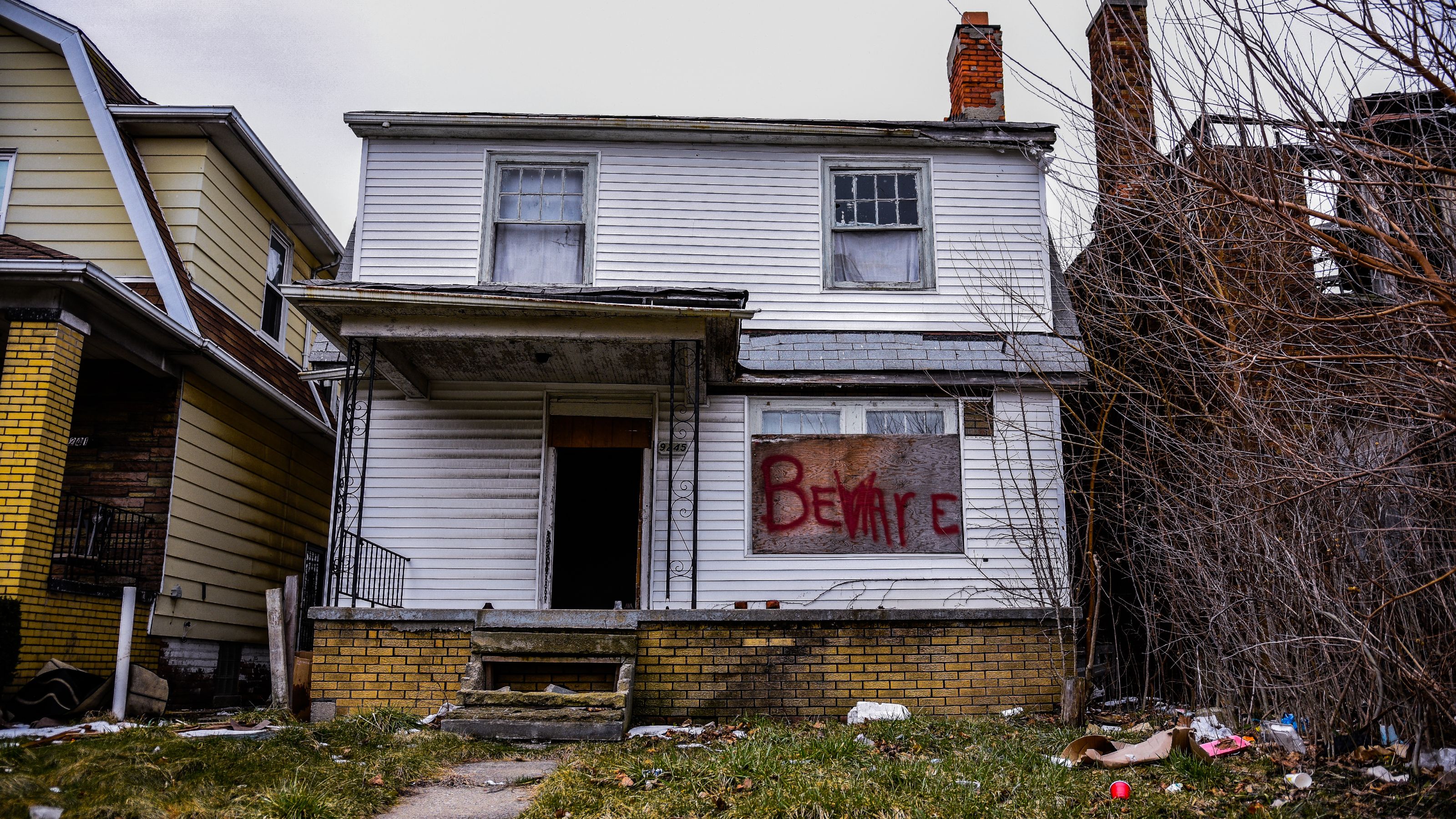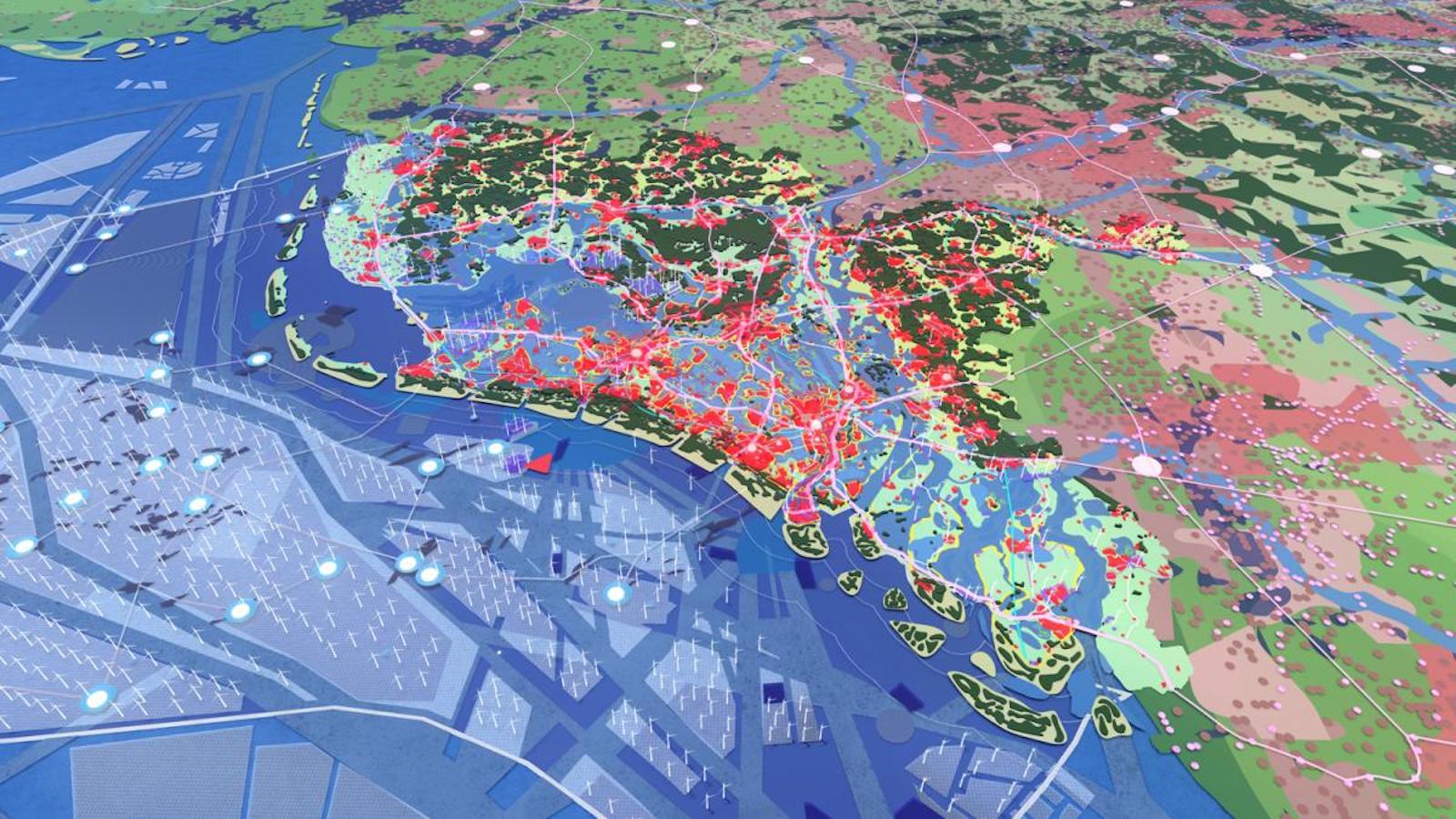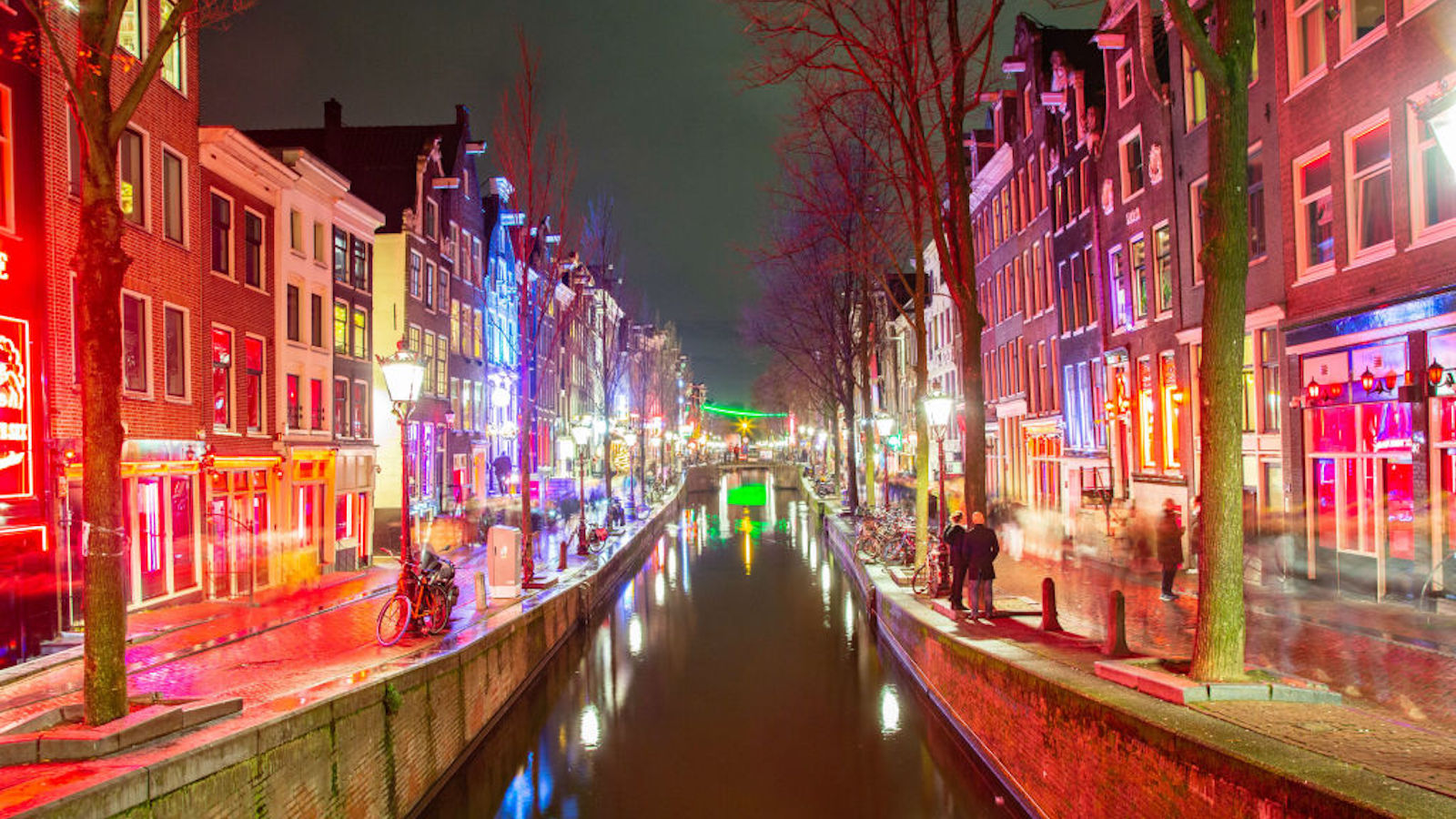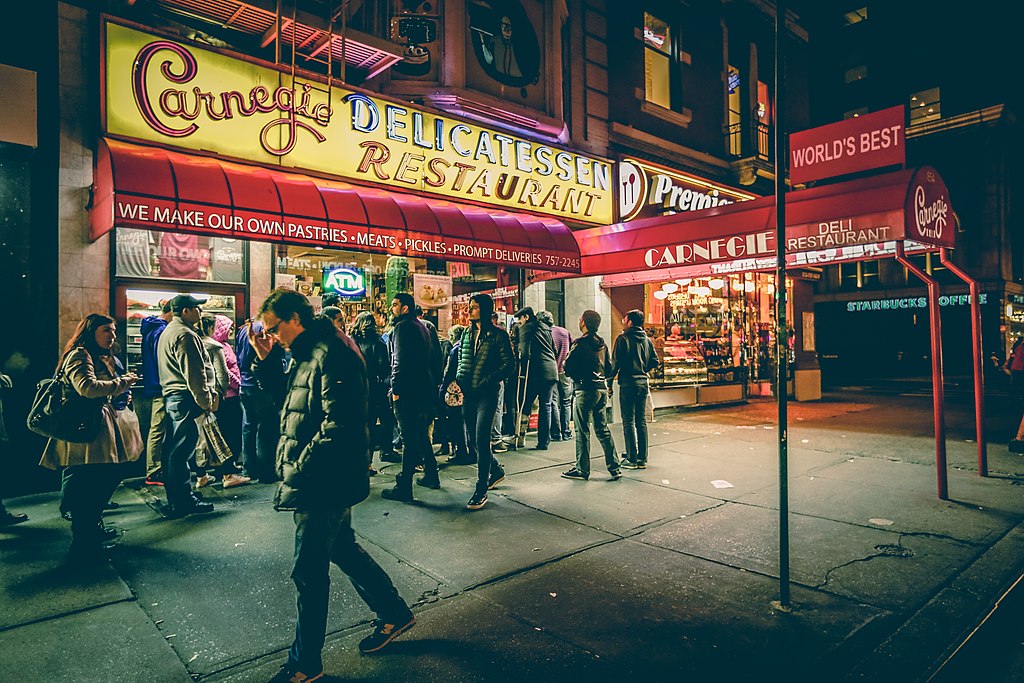“Do not bid!”: The fight to stop homeownership collapse in Detroit

- In the past 50 years, the number of owner-occupied homes in Detroit fell from 900,000 to 171,000.
- Poverty is hardly the only reason for Detroit’s housing troubles. The cycle is the latest phase in Detroit’s century-long history of exploiting vulnerable families of color seeking homes.
- Reformers are working to make sure the word “Detroit” will still symbolize a place where African Americans and working-class people of any color can make a living and a life.
Excerpted with permission from Avid Reader Press, from The Fight to Save the Town © 2022 by Michelle Wilde Anderson.
If you start at the riverfront downtown and travel five miles up the center of Detroit, northeast along Woodward Avenue, the neighborhood of North End will be to your right. About half of the homes on many blocks are occupied, often with tended front yards. Another quarter or so of the lots have grasses and trees, without buildings. When my family stayed in North End during the summer of 2017, one of the vacant lots had a pit bull on a long chain. He was guarding a pile of salvaged lumber. In the afternoons, a thirty-something African American woman renting a house across the street sat on her front porch studying for a nursing certification exam. She told me that the owner of the dog and the lot with the lumber lived on the other side of town and came by to feed the dog.
Oakland Avenue Farms is just around the corner. The farm has orchards, vegetable beds, picnic areas, and hoop houses. Public murals and sculptures make the space seem like a park. The adjacent stretch of Woodward is less scenic, but it has a popular joint called Asian Corned Beef that sells cheesecake egg rolls. It’s part of a strip mall in Highland Park, a separate city contained within Detroit where 58 percent of the children live under the poverty line and one-third of the housing is vacant. That section of Woodward is near the George Ferris School, a stately brick building built in 1911 with classrooms facing a garden atrium. The school closed for declining enrollment in the 1990s, before scrappers stripped it, lookie-loos took thousands of photographs, and an arts entrepreneur bought it for $2,000 in 2014. He has been trying to raise the extensive financing required to renovate the building.
Keep going up Woodward, and you’ll pass the former Highland Park Ford Plant, which operated the world’s first assembly line in 1913. The plant produced 15 million Model Ts before 1927, then tanks, auto parts, and aircraft engines until 1974. Turn right on to Seven Mile Road at Dutch Girl Donuts, in business for seventy years until 2021. Naughty locals called late-night donut runs “getting a Dutch girl.” Pass Pingree Farms, a youth agricultural education center where goats wander around yoga classes in the barn.
At this point, you’ll be in the neighborhood where James lived for more than thirty years. His mother, a daughter of the Great Migration, bought her home there with her wages from suburban retail jobs. James sets the neighborhood as a six-block rectangle north of Seven Mile and east of the I-75 freeway, a piece of the larger area locals call by its zip code: 48203. He defines the neighborhood by National Bakery, a business that made bread and desserts for forty years. The signage is still there, with a hand-painted cup of steaming coffee on the shutters, but the site is now vacant. James grew up in the neighborhood, as did his two sons and his older daughter. His mother, his grandmother, and a few cousins lived there, too. During his childhood, back before crack cocaine came to town, he said, “our whole block was filled with homes. Our whole block.” For several years in the 1990s and again in the early 2000s, he bought and ran a carwash near National Bakery. He and his wife used their income to buy and fix up neighborhood homes to live in and rent out.
Even though James spent most of his life investing in the people, houses, and economy in his pocket of 48203, it was a hard place to live. “I have seen everything,” James says in a quiet, unassuming voice. Most people he knew well in high school are now dead, in prison, or recently released from prison. James has tried to support incarcerated friends, serving as an “outside voice.” They lean on him for news and conversation, for leads about jobs and housing if they get out. James is African American, so it was striking when he described his high school friends this way: “I am the only one who is still free.”
If James is rare, he’s also typical. Like 120,000 Black homeowners in Detroit during the past six years, he owned and lost his land in the city. He lost his first home, as well as a second property he rented out, through exploitative land contracts. Fine print in those deals allowed the sellers to yank their houses back after he was late with a payment—seizing not just the properties, but the value of his renovations. He later bought another home, which he fixed up for his family with a working furnace and fresh carpets. Subprime terms in his mortgage took that one at the height of the Great Recession. A speculator bought it at an auction then burned it down to collect insurance money. James’s mother lost her property to a tax foreclosure soon after.
These losses cost the family their land, their homes, and thousands of dollars in transaction fees and renovation investments. His grandmother still lives in the neighborhood, but after James’s foreclosures, he gave up on Detroit and on homeownership. He moved his family to a rental in an adjacent city called Eastpointe. The town used to be called East Detroit, but in 1992, it changed its name. The city council wanted to disassociate with James’s hometown and try to tie its future to the wealthy Grosse Pointe suburbs.
Urban theorists call Detroit a “shrinking city” for its falling population—64 percent lower than at the city’s peak. City boundaries enclose vacant land totaling twenty square miles, a void about the size of Manhattan. But Detroit should be known as a shrinking city in a second sense as well: a collapse in homeownership. In the past fifty years, the number of owner-occupied homes fell from 900,000 to 171,000. The Great Recession drove a 25 percent fall in the number of homeowners in the city between 2000 and 2010. This symbolic national capital of homeownership—and Black homeownership in particular—is now a place of record-breaking housing displacement. The majority of Detroit’s residents, including 53 percent of its Black residents, are now tenants. From 2014 to 2018, landlords evicted an average of eighty tenants per day. About 10,000 people a year live in tents, shelters, or blighted buildings.
That is the paradox of land in Detroit: a displacement crisis in a city known for surplus land. Inequality, not poverty alone, has driven this crisis. The city’s real estate market has been remade by consolidation and speculation, with fewer owners accumulating bigger land portfolios. Several billionaires, all of whom are white, are leading the largest privately financed and privately owned downtown transformation in American history. The resurgent downtown and cheap land has attracted outside buyers. Some are bidding on single parcels, others on properties by the dozen.
Some of Detroit’s outside owners intend to bank land for future value. Others have found an income stream in the business of leasing property at inflated prices to a population without better alternatives. One-third of residents live below the poverty line. Desperate housing seekers offer a profitable combination to slumlords willing to engage in the following business model:
- Buy dilapidated property from a public auction for a negligible investment (a median price of $1,300).
- Do little or nothing to fix it up.
- Sell or rent it a bit below median Detroit rents of $820 per month to people who can’t find a better deal.
- Evict tenants for nonpayment of rent.
- Repeat until the building is so ruined that no one will pay to live there, then abandon it and pass the demolition costs to the city. Or stiff the city on property taxes and wait three years until the county forecloses. Under a new corporate name, consider purchasing the property again, cleansed of its back tax debt, at the public auction.
This cycle is the latest phase in Detroit’s century-long history of exploiting vulnerable families of color seeking homes.
James cannot afford to get his land back. The city cut a deal with a real estate company and Amazon to open a distribution center at the empty state fairgrounds at the edges of his old blocks, which has driven a speculation rush. The Amazon facility will be operated mostly by robots, but Amazon expects more than a thousand low-wage jobs there. In anticipation of a new supply of tenants and buyers, land prices nearby are now about four times what they were before the Great Recession.
But Detroit and 48203’s history is not finished. Leaders are inventing new ways to slow Black land loss and protect small-scale homeownership. They are reforming laws and practices that made it quicker and cheaper for bulk buyers to acquire land than it was for single-lot buyers to do the same. They are updating local government systems whose weaknesses enabled a tax foreclosure crisis. They are buying land to secure present stability and future wealth for residents. Detroit is well on its way to a “comeback.” This movement wants to make sure that when that happens, the word “Detroit” will still symbolize a place where African Americans and working-class people of any color can make a living and a life.
An eastside mural, not far from James’s old blocks, captured these efforts well. Artists Jonny Alexander, Ellen Rutt, and Ouizi painted it on a house built without windows on the sides because its neighbors were tucked in close. The neighboring houses are gone now, so the side wall offered a giant canvas. The home with the mural had been put up in an auction with a family still living inside, after a foreclosure that should have been illegal. Activists with a group called the Tricycle Collective were trying to ward off speculators who’d buy the land and evict the family. They needed more time to help the family inside get their house back. In old-timey font styled like letterpress stationery, amidst potted flowers exploding in vibrant color, the mural conveyed a giant message:
“This is a HOME: DO NOT BID!”
If only that mural could have been painted on the entire City of Detroit.





